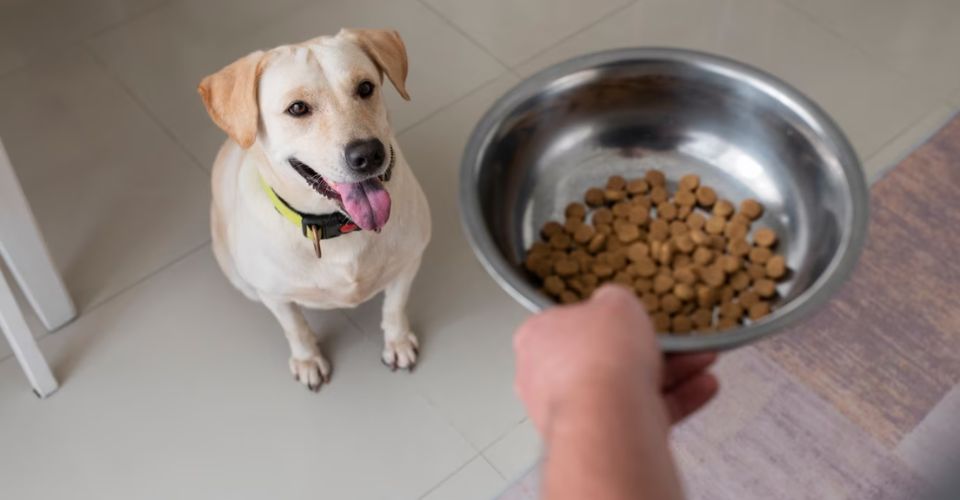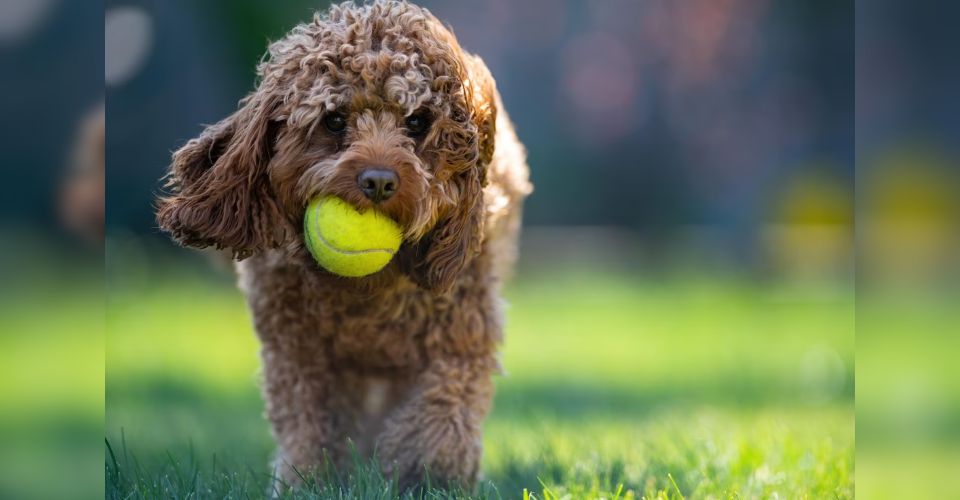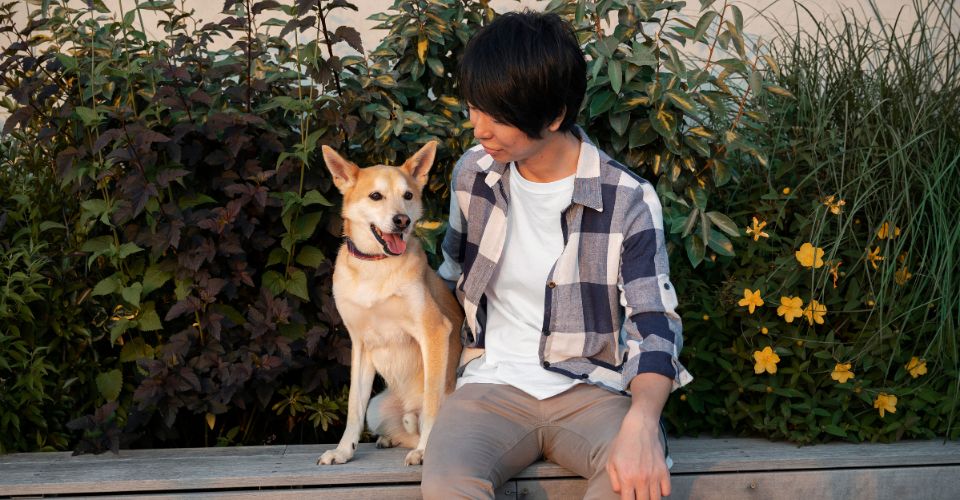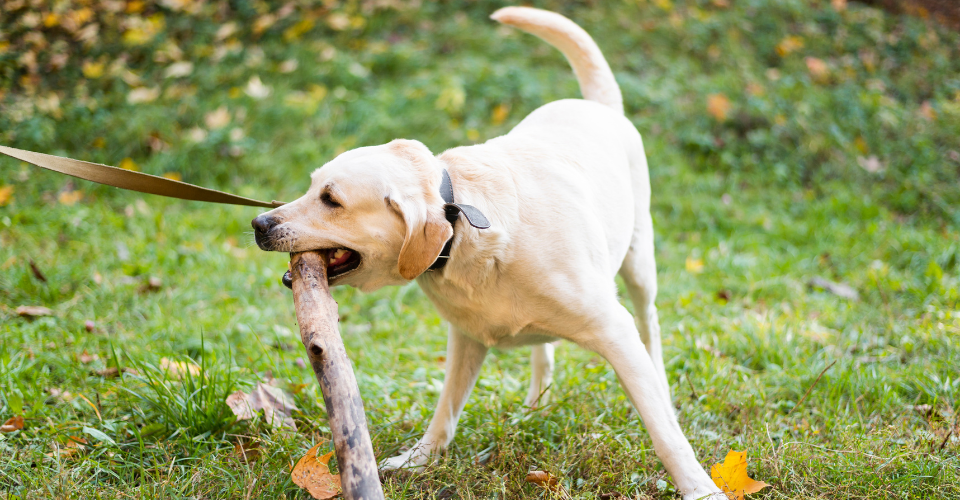Our pets amaze us with their unique physical features and distinct personality traits every day. We are fascinated by their bodies, their anatomy, and other characteristics in which they are different from us. With that being said, if you are a dog owner, you may already know some interesting facts about your canine pal. You know how dense their coat is, what color their eyes are, and how heavy they need to be. But have you ever wondered about other parts of their bodies? For instance, do you know how many toes does a dog have? What does it mean to identify an extra toe on them? Which breed has more toes and which has fewer? Before you feel overwhelmed by these questions, let us walk you through all the details related to your dog’s toes. Without further ado, let’s get started.
How Many Toes Does a Dog Have?

A dog has four front paws and four rear paws. Each of these paws has four toes, which means a dog has 16 toes in summation. The dogs are digitigrade animals—they put all their weight on their digits when they walk, unlike humans. Our heels bear our weight when we walk.
But there are some breeds of dogs that have more than 16 toes. The reasons behind this are numerous—genetics, malformation, amputation, and the category or breed of the dog. This rare phenomenon, where a dog (or any other animal) has an extra toe, is called Polydactyly.
Dogs with 5 Toes—15 Popular Dog Breeds
As we have discussed Polydactyly in detail, we will now see how many dogs have an extra toe. Some of the more popular dog breeds with an extra toe are mentioned below.
- Norwegian Lundehund
- The Beauceron
- Akita
- The Great Pyrenees
- Rottweiler
- Jindo
- Anatolian Shepherd
- The Catalan Sheepdog
- The Estrela Mountain Dog
- Shiba Inu
- Korean Tosa
- Australian Shepherd
- Cao Fila De Sao Miguel
- Saint Bernard
- The Briard
The Dewclaws—What are They?
Now, as you know how many toes does a dog have, it is important to understand why some dogs may have more toes than others. Some dogs may have what you can call an anatomical oddity—a small nub that has a protruding claw. This feature can be found on the back legs of dogs. This toe is called a dewclaw. It doesn’t touch the ground when a dog walks, but it was functional in the earlier generation. Eventually, it became useless, and thus, it atrophied.
Many people don’t find the dewclaws having any purpose, so they remove them through surgery in the early days of the puppy’s life. Some people do it merely for aesthetic reasons, but others get it removed as a precaution against injuries. A floppy and loose dewclaw may get caught up in things and become painful for a dog.
Dog Care: How to Look After a Dog’s Toes and Paws?
Just like you have to groom and look after your dog’s fur and skin, it is important to keep his paws in check as well. They should be checked regularly to avoid any infection. Some tips are mentioned below.
Trimming the Toe Nails
You need to regularly trim your dog’s toenails to keep them from breaking. Their nails don’t touch the ground when they walk, so if you hear clicking or scratching sounds, it may be a sign that your dog needs his nails to be trimmed.
Regularly Check their Paws
It is recommended to check your dog’s paws regularly as well. They may have gotten debris stuck between their paw pads. You can clean it with a set of clean tweezers.
Keep their Paws Moisturized
By keeping your dog’s paws moisturized, you will help them feel better. Massaging and moisturizing their paws will also keep them soft and protect them from cracking. It also helps in better circulation of blood in the body.
Protect Dog Paws in Extreme Weathers
When the weather turns harsh, pay extra attention to your dog’s paws. Limit the time they spend walking in snow or on the hot ground. During winters, you can put boots on their paws to protect them. In summer, check the ground by placing your palm on the ground for 5 seconds. If the heat is unbearable for your palm, it will be too harsh for your dog as well.
So, the question of how many toes does a dog have has prompted us to discuss a dog’s paws and toes in detail. There are different dog breeds, and they all have distinct features. If you find your pooch has a different set of toes, don’t get worked up. It is fairly common for dogs to have an extra pair of toes on their back legs. But, if you are still concerned, you can consult your vet for a better understanding.





